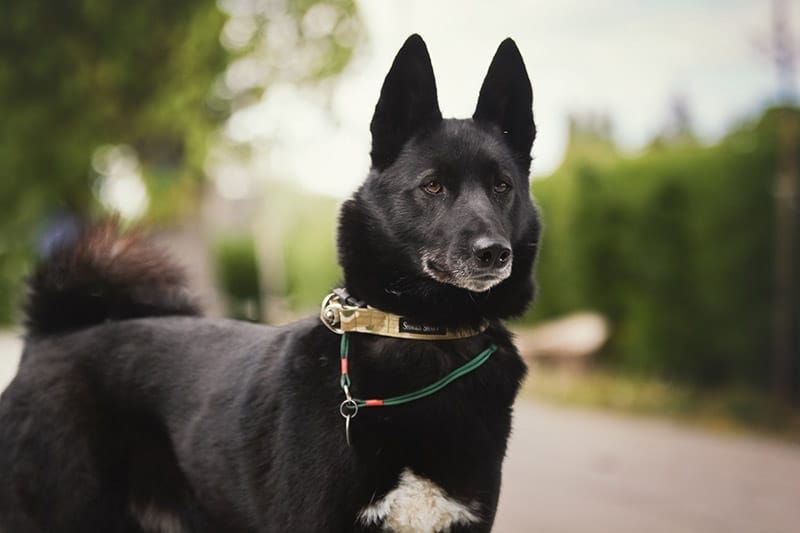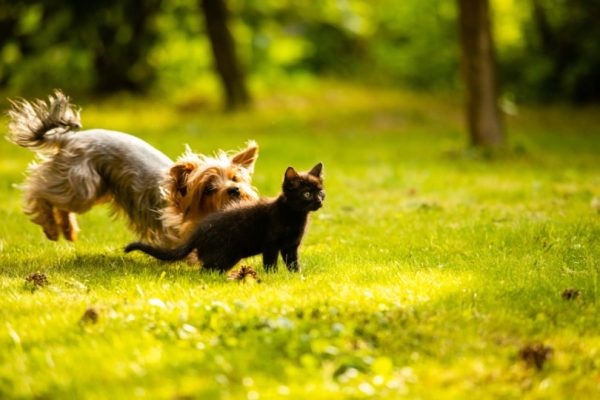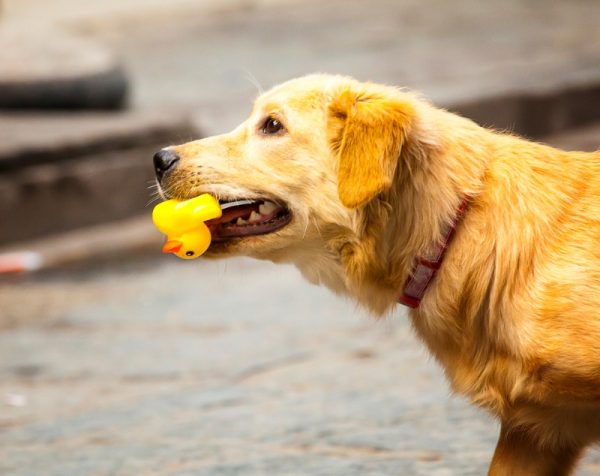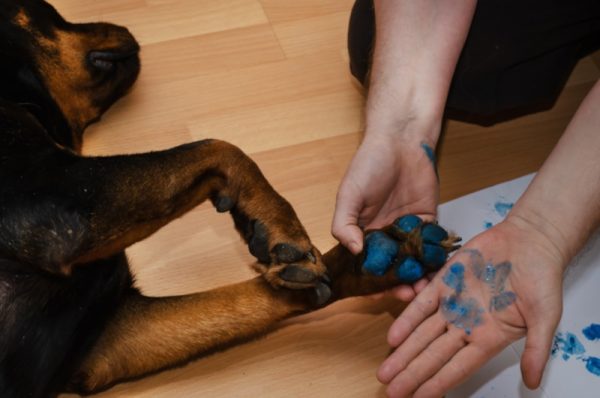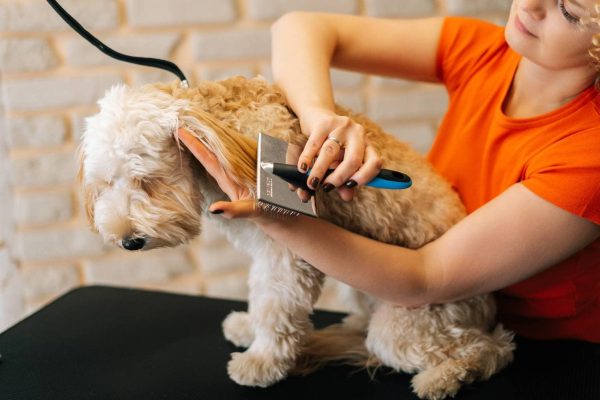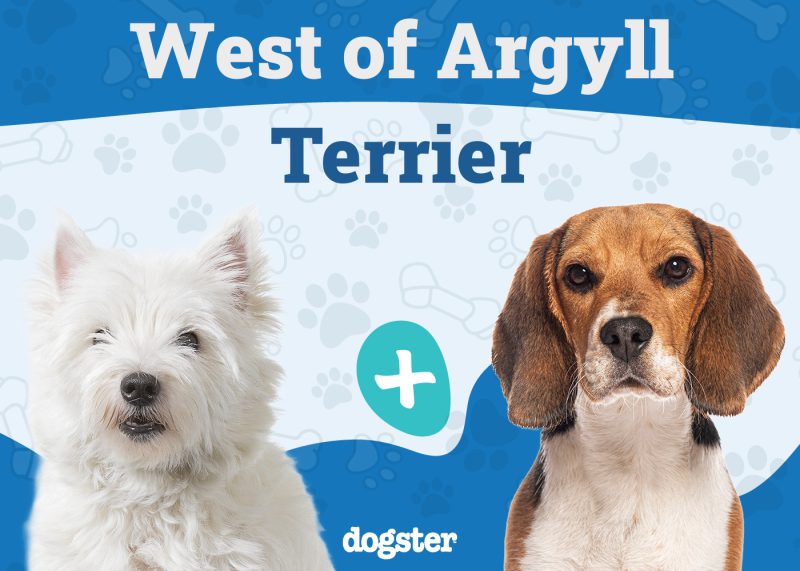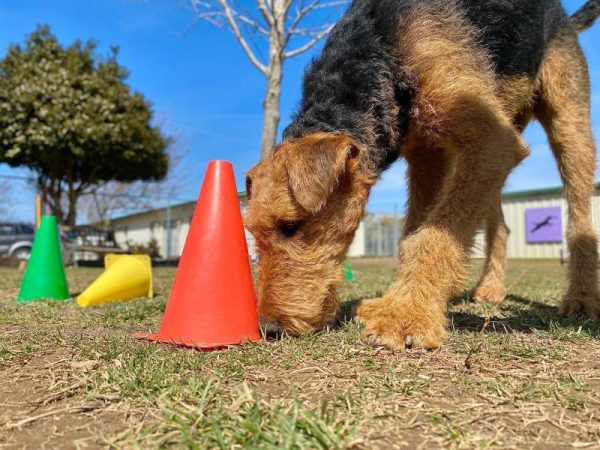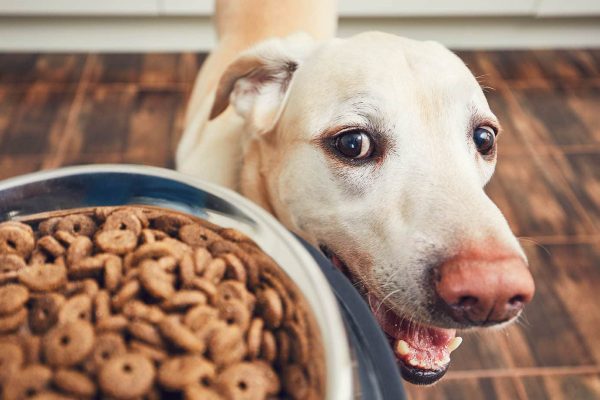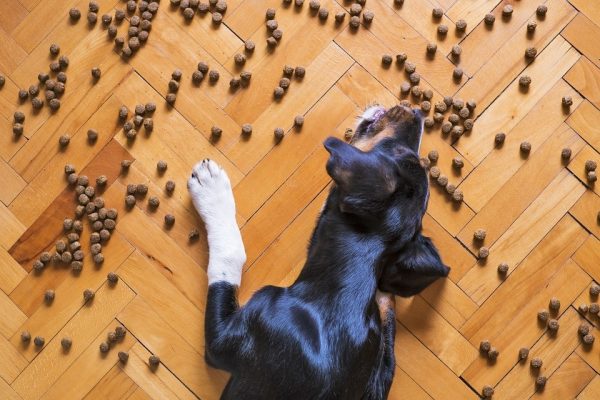In this article
View 8 More +In a world full of Doodles and other designer dogs, some dog owners just want a pet that stands out from the crowd. The Russian-European Laika certainly fits that description, but they’re hard to find outside their native Russia and or even neighboring Europe. Read on to learn all about this rare hunting dog that also happens to have a soft spot for kids!
Breed Overview
Height:
19.5–23 inches
Weight:
40–55 pounds
Lifespan:
12–15 years
Colors:
Black, gray, or salt and pepper with white markings
Suitable for:
Active families and individuals, experienced dog owners
Temperament:
Smart, loyal, energetic, loving with family, good with kids, can be territorial and wary of strangers
The Russian-European Laika is one of several closely related hunting dogs that are native to northern Russia. These Laikas are medium-sized dogs with small heads, pointed ears, and curled tails, and they’re relentless hunters in the forest but affectionate and loving at home.
As tolerant of children as they are tireless when trailing game, Russian-European Laikas make lovely family dogs with the right mix of exercise and socialization. In this article, we share the general characteristics of this breed and what it takes to care for them.
Russian-European Laika Characteristics

Russian-European Laika Puppies
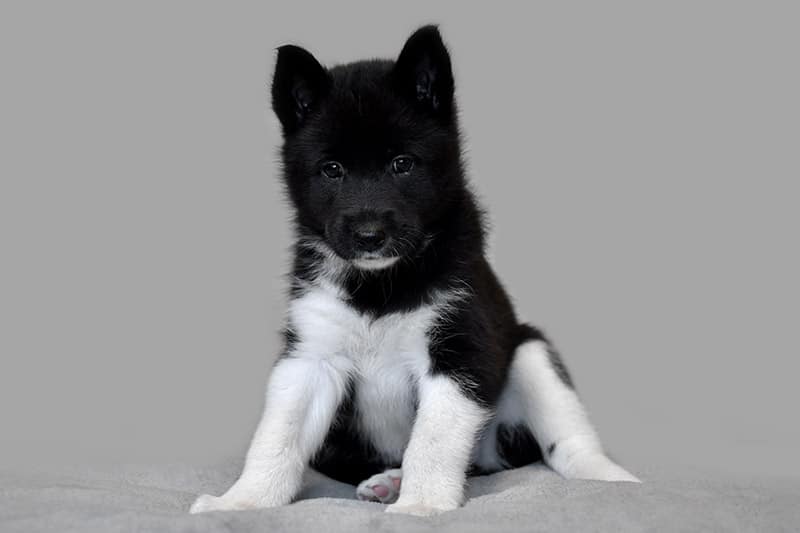
Russian-European Laikas are extremely rare in the United States. The American Kennel Club does not recognize the breed, and you’ll likely have difficulty finding a breeder. Several Laika breeds are similar in appearance, so you’ll also have to be specific about which type you want when searching.
If you have your heart set on a Russian-European Laika, there’s a good chance you’ll need to import a puppy directly from Europe. This process can be time-consuming at best, with extra paperwork, health requirements, and flights to arrange.
Similarly, it’s unlikely you’ll find one of these dogs available for adoption in the United States. That said, you can always look for organizations that re-home strays from Europe to see if they have a Russian-European Laika available.
You can expect a Russian-European Laika puppy to be active and energetic, and you’ll have to provide plenty of daily exercise to keep your pet busy. Due to their territorial nature, it’s vital to socialize Laika puppies extensively from an early age.

Temperament & Intelligence of the Russian-European Laika
Russian-European Laikas are active, intelligent, and focused dogs with strong predatory instincts due to their hunting history. They’re quite friendly with their families and people whom they know well. However, they can be protective and highly suspicious of strangers.
Russian-European Laikas are incredibly territorial and will guard their homes and possessions fiercely. These instincts can lead them to be aggressive toward other dogs and humans if not properly socialized.
They’re known for being especially patient and good with kids. Overall, they are affectionate and loyal dogs with a lot of energy. Their intelligence and bond with their humans generally make them easy to train.
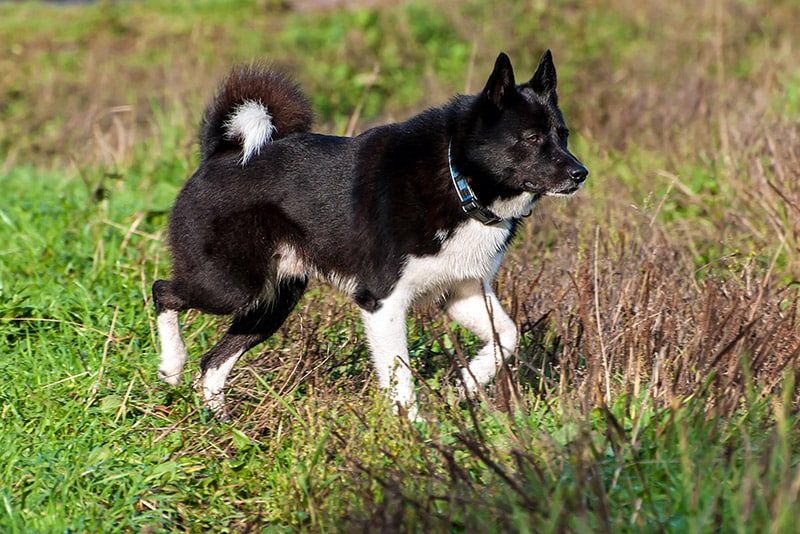
Are These Dogs Good for Families? 👪
The medium-sized Russian-European Laikas make excellent family pets in the right environment. They are best suited to active families who can ensure regular daily exercise. They’re generally tolerant of kids and are tireless playmates.
However, they may not do as well with kids they don’t know as they do with their own family members. Owners who commit to this breed must be aware that they need to train and socialize them thoroughly to prevent issues with resource guarding. Russian-European Laikas are not ideal for families who’ve never owned a dog.
Does This Breed Get Along With Other Pets? 🐶 😽
As mentioned, Russian-European Laikas are territorial and have strong hunting instincts. This combination of traits means they aren’t always a good fit for households with other pets. Laikas can be aggressive toward other dogs if they feel their territory is threatened.
Russian-European Laikas may pick fights over toys, beds, or food if not properly socialized. They may also view smaller dogs, cats, and other pets as prey and chase them. For all but the most experienced dog owners, Russian-European Laikas should probably be the only pet.

Things to Know When Owning a Russian-European Laika
If you’re going to go to the trouble of finding a Russian-European Laika breeder, you’ll want to be sure the dog is suitable for you. We discuss the dog’s care requirements here to help you decide if you’re up for the challenge.
Food & Diet Requirements 🦴
You can feed your Russian-European Laika any quality, nutritionally balanced diet formulated for dogs. Puppies should eat puppy food until your vet okays them to transition to an adult diet. Depending on your dog’s preferences, you can feed them either canned, fresh, or dry food.
If you have the time and energy to make home-cooked food for your dog, consult your veterinarian first. Commercial dog food is required to meet minimum nutrition requirements, and you must ensure that the food that you make has all the essential vitamins and minerals that your pet needs to stay healthy.
Your dog’s daily calorie requirements will vary based on several factors, including their activity level, weight, and age. Your vet can help you calculate how much your dog should eat daily, and you should monitor your dog’s weight to ensure that they aren’t gaining too much.
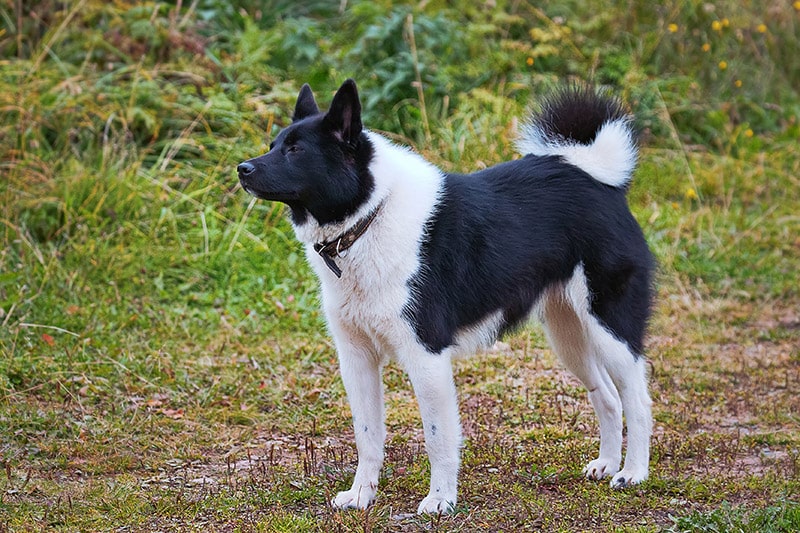
Exercise 🐕
Although they’re only medium-sized dogs, Russian-European Laikas are energetic. They need daily exercise to stay fit and channel their energy in a healthy manner. Plan on taking your dog for a brisk walk or jog at least once a day.
Laikas also enjoy running off-leash in a safe area and hiking in almost any weather. Don’t trust them to run loose outside fenced areas, especially if squirrels and other wildlife are around. They will also enjoy exercising their hunting instincts by learning to track.
Training 🎾
Russian-European Laikas are typically easy to train and respond well to positive reinforcement techniques. This intelligent breed will appreciate the structure that training gives them, especially if they have regular opportunities to use their brain.
Obedience training and socialization will help your dog behave properly when they encounter unfamiliar people, pets, or situations. For the Russian-European Laika, this guidance is essential.
Grooming ✂️
As you might expect from a dog developed in northern Russia, the Russian-European Laika has a thick, double coat. They need regular brushing year-round to keep their skin and coat healthy. During the shedding season, you can expect to brush more frequently.
Laikas should be bathed only as needed, but you should keep their nails trimmed and check their ears regularly. Brushing is the best form of preventative dental care, and you should get your Laika puppy used to this process early. You can also ask your vet about other products for dental care, such as water additives and dental treats.
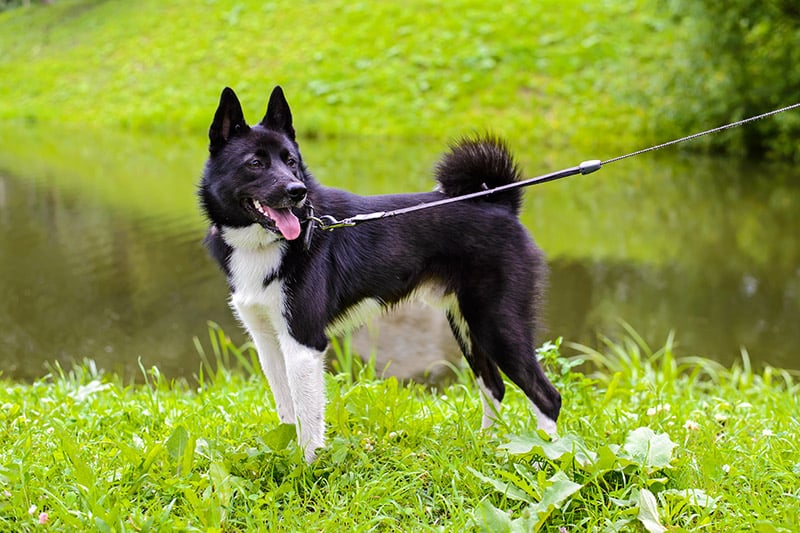
Health and Conditions 🏥
Since the Russian-European Laika is an uncommon breed, we don’t have much information about their inherited health conditions. Of course, you should always ask for the family health history of any puppy you’re considering. Common conditions to watch out for include hip and elbow dysplasia or eye problems.
- Eye conditions
- Hip and elbow dysplasia
- None
Male vs. Female
Male Russian-European Laikas are slightly larger than females. The two sexes have similar personalities, but the males tend to be more dominant and aggressive than the females. As discussed previously, Laikas can be aggressive toward other dogs and are more likely to clash with same-sex pups.
Like all male dogs, unneutered Russian-European Laikas are more likely to mark and roam in search of females. Female dogs will experience a heat cycle about every 6 months. If you don’t plan to breed your dog, talk to your vet about the best time to spay or neuter them.

3 Little-Known Facts About the Russian-European Laika
1. They Are the Smallest of the Native Russian Laikas.
One of the earliest records of Laika dogs is from 1895 when they were sled dogs, but the Russian-European Laika wasn’t developed until the 20th century. The first breeding program began in 1947, and the standards were finalized in 1952.
2. They Initially Hunted Bears, Wolves, and Moose.
Although the breed is smaller than their ancestors, the Russian-European Laika can still hunt large mammals. However, they were refined to hunt smaller prey, and they excel at treeing squirrels.
3. They Were First Recognized by the United Kennel Club in 1996.
Russian-European Laikas were the last of the Laikas to be recognized by the UKC. One of the strangest standards for the breed is that their skull must be shaped like “an equilateral triangle.”

Final Thoughts
If you’re looking for a unique family pet, the Russian-European Laika has a lot to offer. They’re affectionate, active, and intelligent, bond tightly with their families, and love spending time with them.
However, they need intense socialization to overcome their natural territorial instincts and avoid aggressive behavior toward other dogs. Due to that and their boundless energy, the Russian-European Laika is not the best choice for all households. Ensure that you’re prepared to devote the proper time and attention to a Laika before bringing one home.
Featured Image Credit: Kristina Chizhmar, Shutterstock
